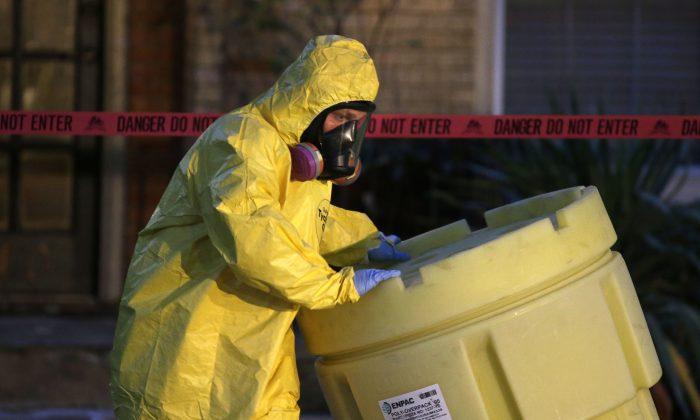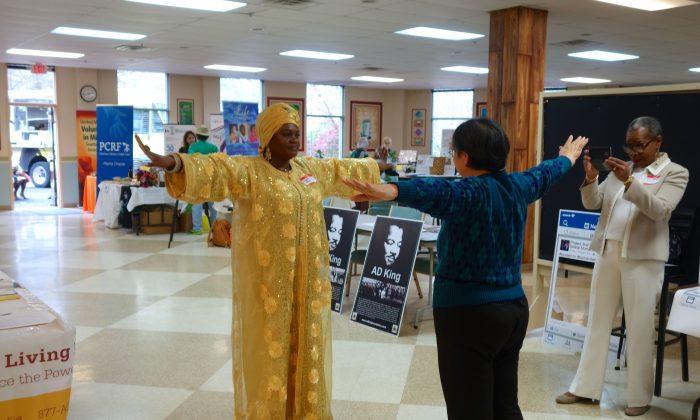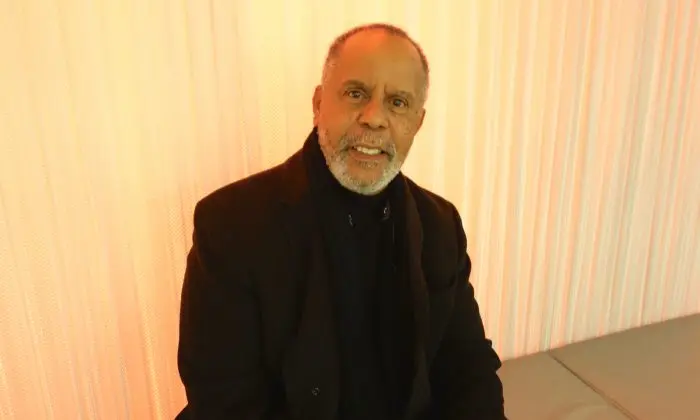We spent an intense couple of days learning about Ebola and the next killer contagion in Washington last week. I returned with a full notebook, 19 story ideas, new friends, and new reporter tools.
One vivid memory is of Janet St. James, health reporter at WFAA-TV in Dallas. She broke the story of Thomas Eric Duncan, the man who died of Ebola at Texas Presbyterian Hospital. She said she slept about two hours a night for the next six weeks. She explained her ethical process of deciding when to report and when not to report suspected cases, and how to give clear, factual, non-panic inducing information.
St. James got an on-air interview with the doctor who treated Duncan. She wanted to show that she was not afraid to sit with him. But she did not want her young children to be ostracized at school, or even barred from school. Her solution was wise. She asked him to take his temperature on air. “97.1, not febrile,” said the doctor with a smile, showing the thermometer. Her children were not ostracized.
It was an example of the kind of rational, responsible news reporting I love.
The McCormick Foundation Journalism Program funded the Specialized Reporting Institute in partnership with The Poynter Institute. McCormick SRIs are meant to “identify key sources and resources on a topic of local, regional, national or international interest, develop story ideas for today, tomorrow and as the story develops, even six months or a year later. Enable reporters to meet like-minded colleagues and gain tips and support, during the training and beyond,” according to its website.
That is happening already. I’ve already started digging into vaccines, ethics, epidemics and more. For me, the remarkable fortune is that I did a fair amount of reporting on Ebola, and wanted and needed more tools and more sources. Now I have them. And the Friday before I started the seminar, editors assigned me to cover—wait for it—epidemics and diseases and disasters.
How grateful am I for this chance to learn and grow as a journalist? A lot. Who am I grateful to? Clark Bell, the McCormick Foundation’s Journalism Program Director. He made it happen. “He cares a great deal about this,” said Al Tompkins of Poynter, who directed the seminar, and gave us lagniappes of cool new media tools.
After both joking and asking deep questions for two days, Tompkins said to us, “You did not have to do this.” We could have gone about our regular lives, but we made time to travel to do intensive learning. The speakers made time to teach us. “This is a patriotic act,” said Tompkins. And you know, he is right.






Friends Read Free